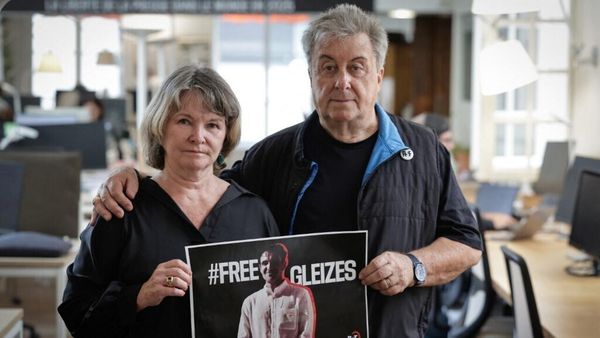The Maoist movement is on the ebb on the Andhra Pradesh-Odisha boundary, with its cadre and militia strength heavily depleted.
On Monday, the Andhra-Odisha Border Special Zonal Committee (AOBSZC) of the banned CPI (Maoist) released a letter urging the tribal people to join and revive the movement in the region. The letter, released on the eve of the 18th Foundation Day of the CPI (Maoist), clearly indicated the desperation to keep the movement afloat.
ABOSZC secretary Ganesh said in the letter that the security forces of both Andhra and Odisha were trying to wean away the tribals from the Maoist fold by filing false cases on them and projecting them as surrendered members of the party.
Recent events indicate there is a huge leadership crisis, as almost all remaining top leaders, including Gajarla Ravi, alias Uday, alias Ganesh, and Aruna have fled to safer places in Chhattisgarh. Major operations — including the Ramaguda encounter in October 2016, in which about 30 Maoists were killed and, in Teegalametta in June 2020, when six top leaders were killed in an encounter with the elite anti-naxal force of Andhra Pradesh — has left the movement depleted of strength. A number of top leaders have either died in encounters (Azad and Jambri) or surrendered (Jalandhar Reddy and Sudheer) or have been arrested (Ashok and Dubasi Shankar).
The Maoists, then called Naxalites belonging to the Communist Party of India (Marxist-Leninist) People’s War or the People’s War Group (PWG), entered the Andhra-Odisha border region some time in the mid-1980s.
But the movement grew in strength only after foundation of the present party — the CPI (Maoist).
It was on September 21, 2004, that two major left wing extremist groups — the Communist Party of India (Marxist-Leninist) People’s War or People’s War Group and the Maoist Communist Centre of India (MCCI) — merged to form the Communist Party of India- Maoist or CPI (Maoist).
Though both the parties, controlling different geographical areas, shared similar ideologies and goals, they differed on a number of counts till the merger.
But after a prolonged discussion from 2002, the parties finally merged to form the biggest LWE group in the country, as well as in south-east Asia.
Also read | In Andhra Pradesh, a string of jolts for the Maoists
With Muppala Lakshmana Rao alias Ganapathi heading it, the combined military strength of the party grew to over 7,000 armed members overnight. The weapons stockpile shot up to over 6,500 items of various makes and calibres that ranged from the AK series to SLRs and from .303 Lee Enfield rifles to desi double and single barrel shotguns. The cadre also grew in strength and expertise in manufacturing and using improvised explosive devices (IED) effectively. Till date, IEDs are their mainstay.







